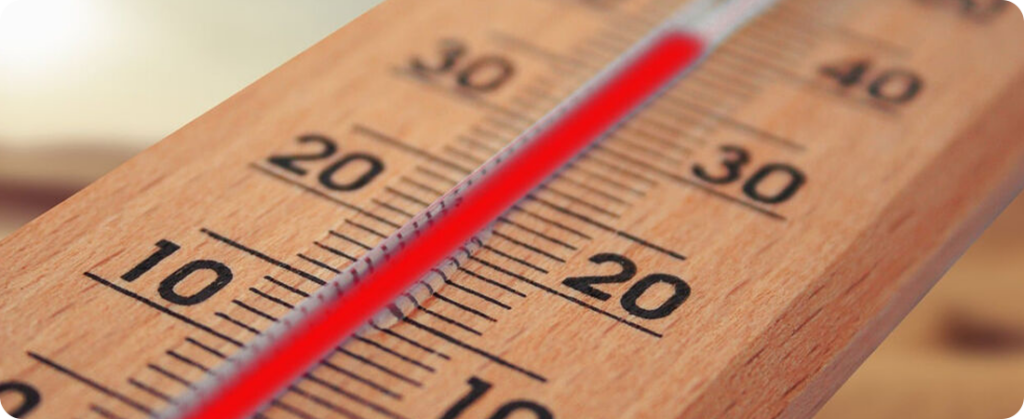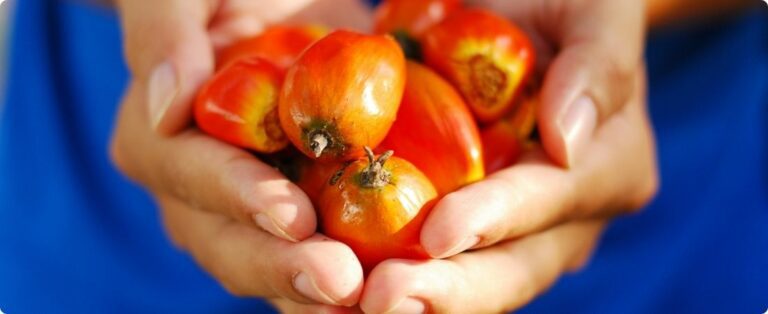
The recent heat wave in Brazil was notable in climate terms. Extreme temperatures affected the country, both urban and rural areas. Historical records were broken, causing challenges in health, water supply and electricity, as well as losses in agriculture.
Understanding and coping with these climate events becomes essential, as they may become more frequent due to global climate change. Authorities and society must adopt adaptation and mitigation measures to deal with the consequences of these extreme events and respond appropriately when they occur.
Furthermore, the heat wave intensified concerns about climate change and the need for adaptation and mitigation on the part of authorities and the population, highlighting the importance of measures to deal with extreme weather events.
According to the meteorologist at Portal Agrolink, Gabriel Rodrigues, the records are worrying, according to the data recorded on the meteorological station platform of the National Institute of Meteorology: – 207 stations recorded temperatures above 38°C – 149 stations recorded temperatures above 39 °C – 76 stations recorded 40°C or more.
The three highest temperatures recorded were:
42.4°C in Oeiras – PI
42.9°C in Porto Murtinho – MS
43.0°C in São Romão – MG
*Update on 25.09.
The meteorologist also highlights that, in addition, together with the heat wave, humidity levels have reached extremely low values. Some stations recorded levels below 10%. Thus, making the climate resemble that of a desert. Therefore, these adverse conditions are likely to continue in the coming days. Therefore, it is important for the population to stay hydrated and take precautions due to this climate scenario.
See below the risks of exacerbated heat
For human life: Prolonged exposure to this combination of extreme heat and low humidity can lead to dehydration, heatstroke, and other serious health problems. It is crucial to stay hydrated and avoid prolonged exposure to the sun.
For animals: Just like humans, animals also suffer from lack of water and excessive heat. They are at risk of dehydration, heatstroke and stress. Lots of attention on the farms.
For crops: Thermal stress can cause irreversible damage to crops, affecting agricultural production and consequently the economy and food security.
Source: Aline Merladete | agrolink















